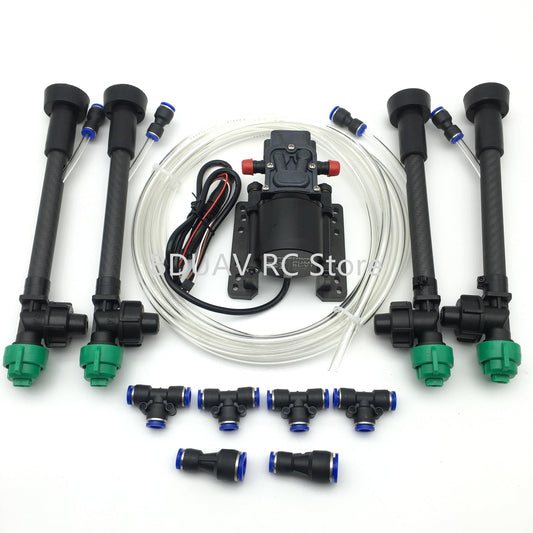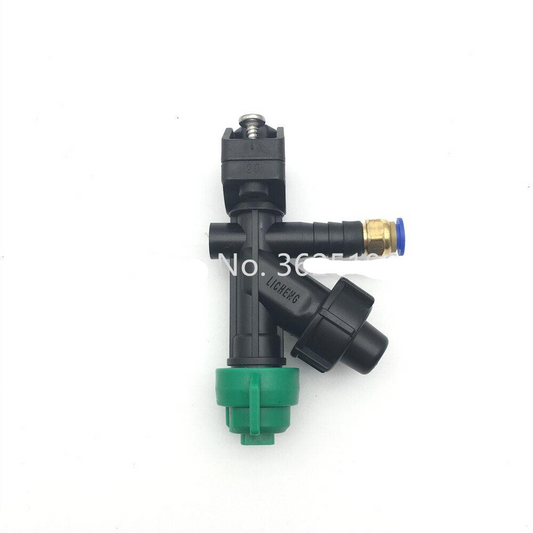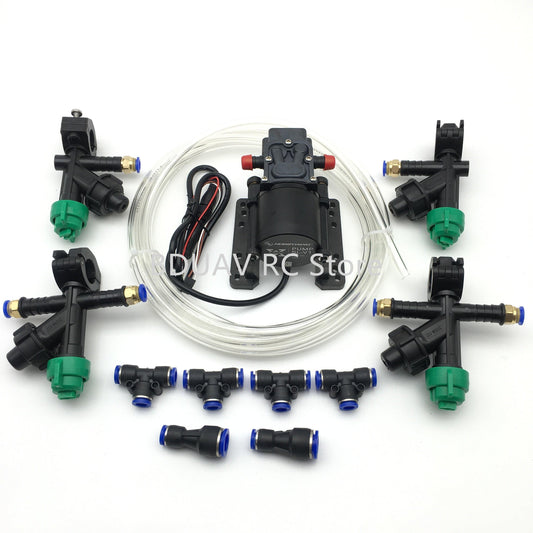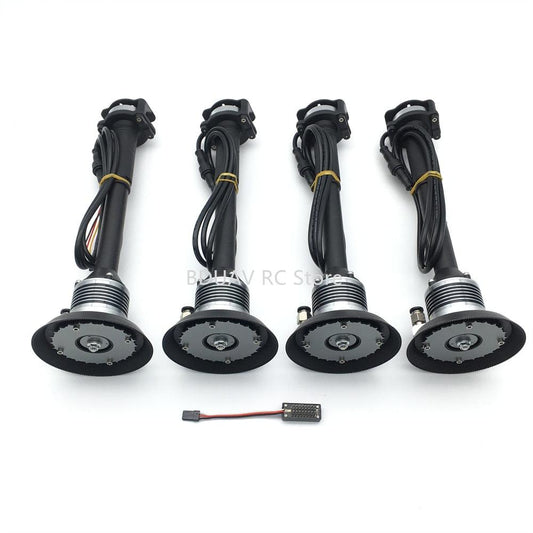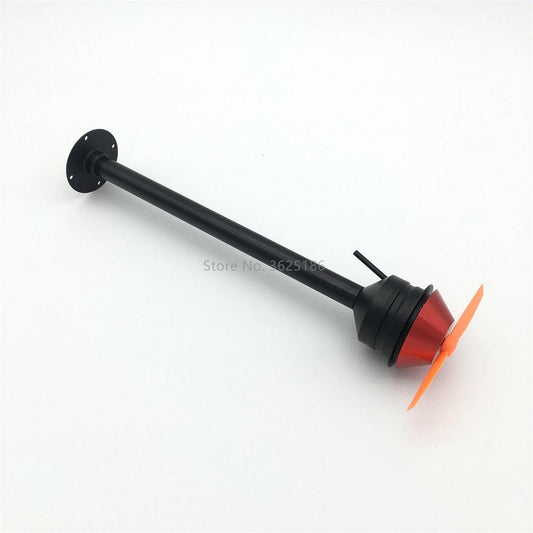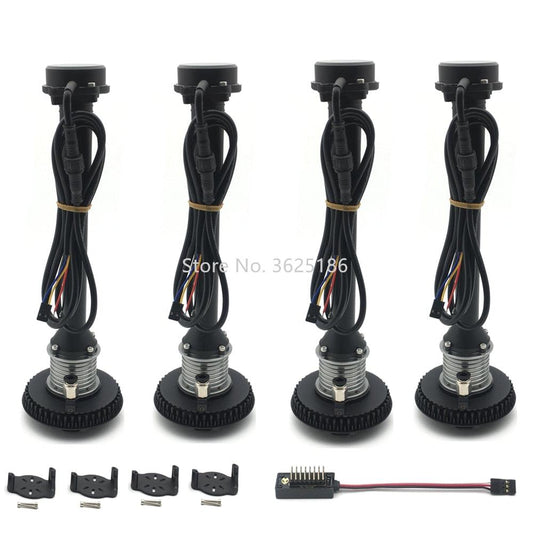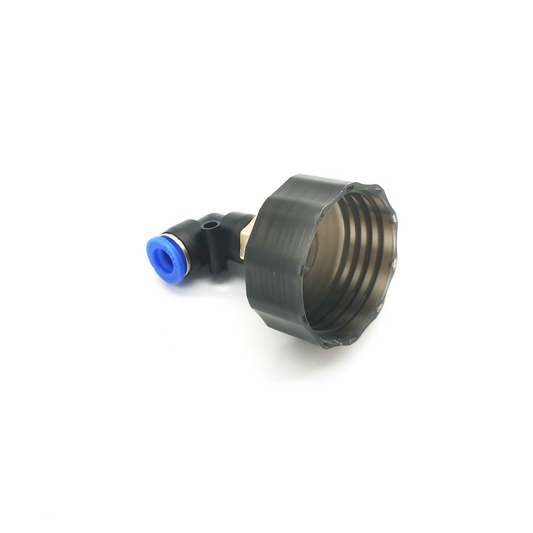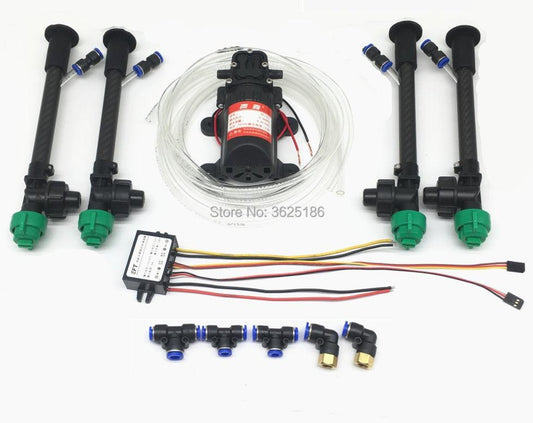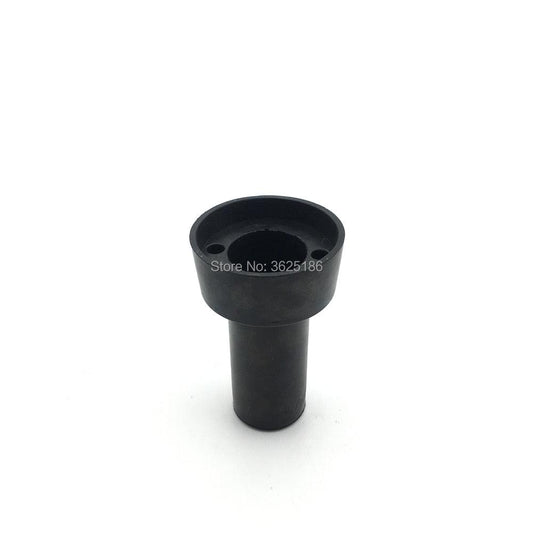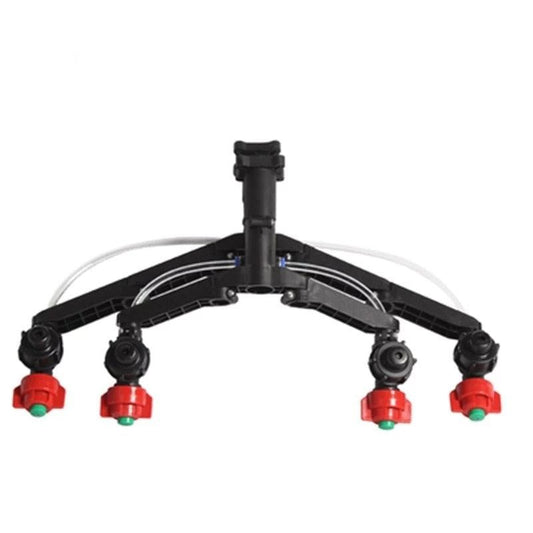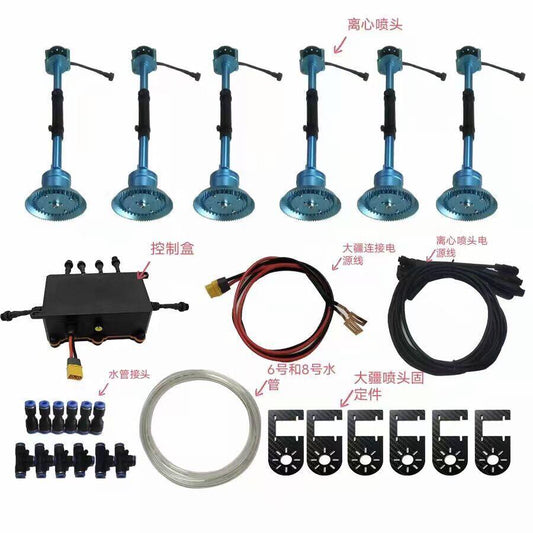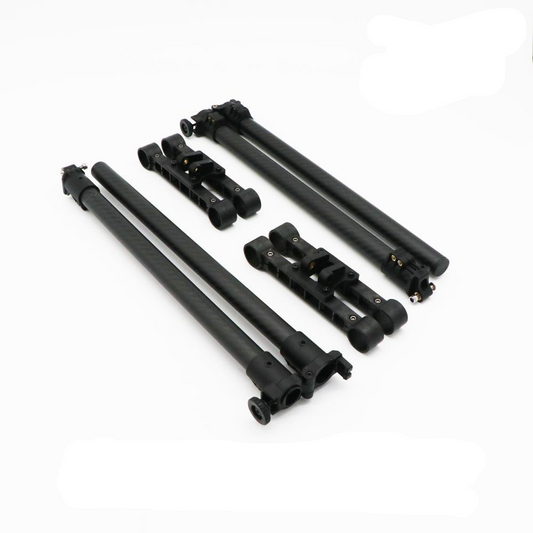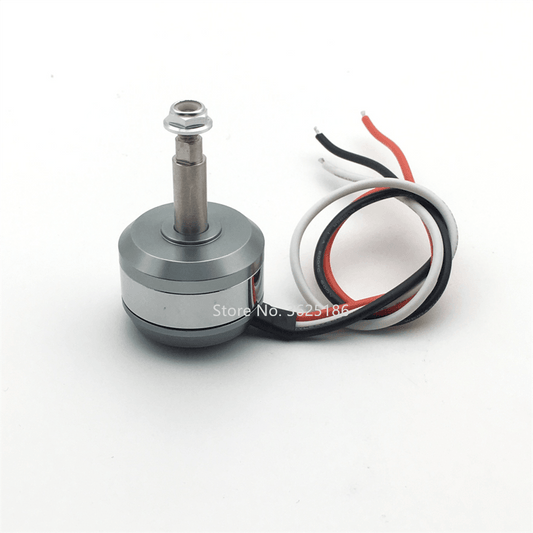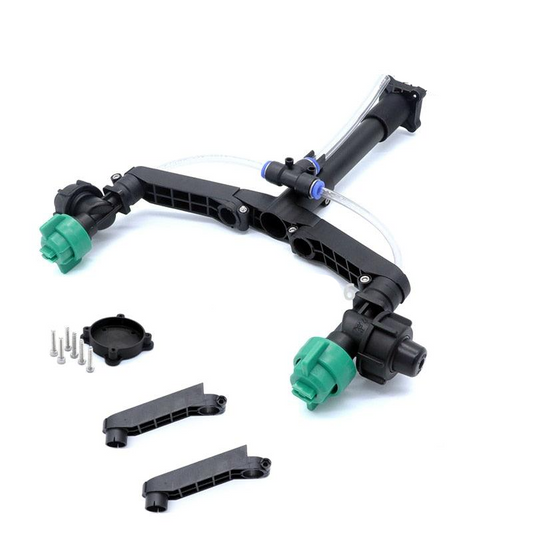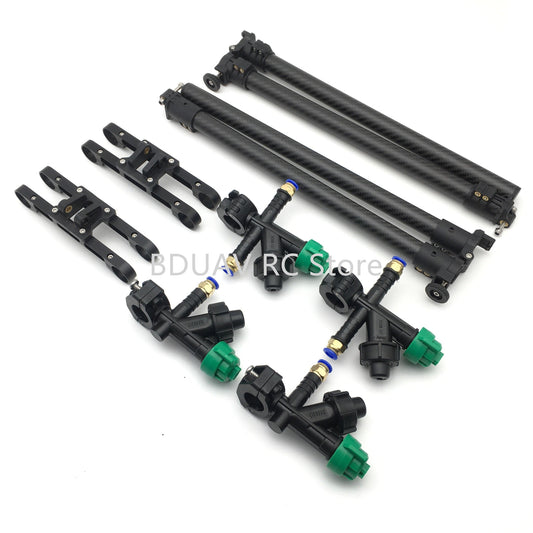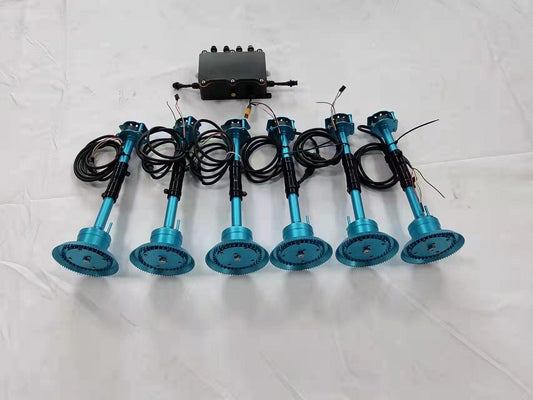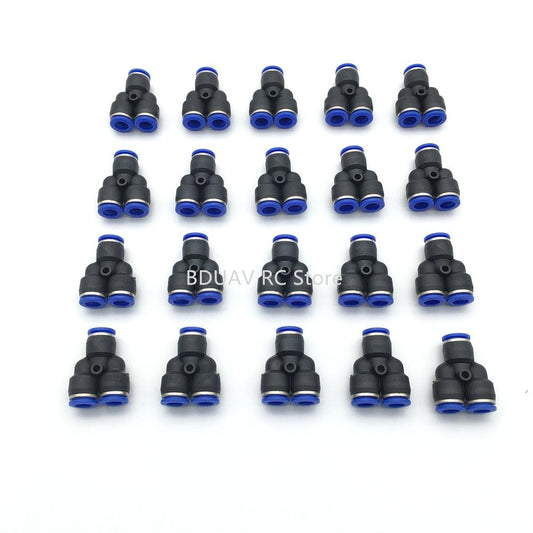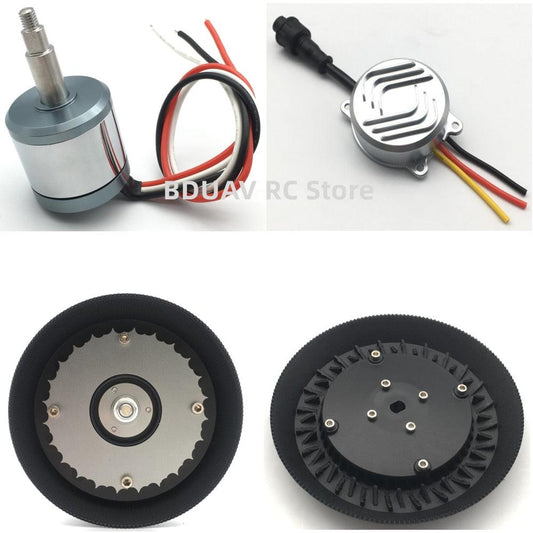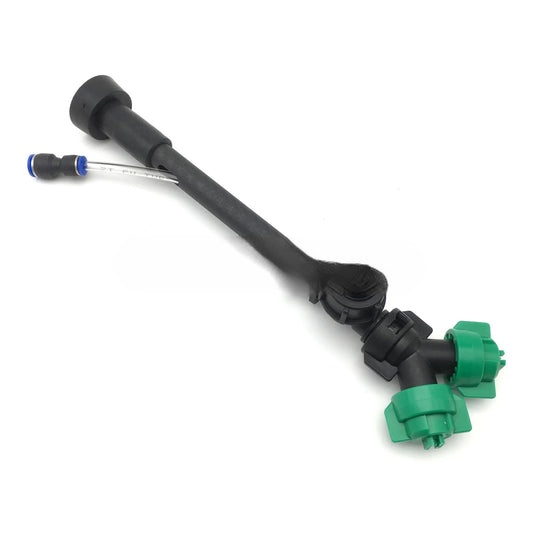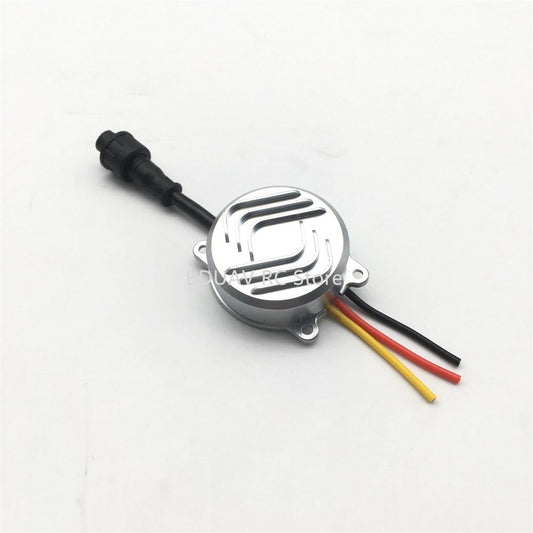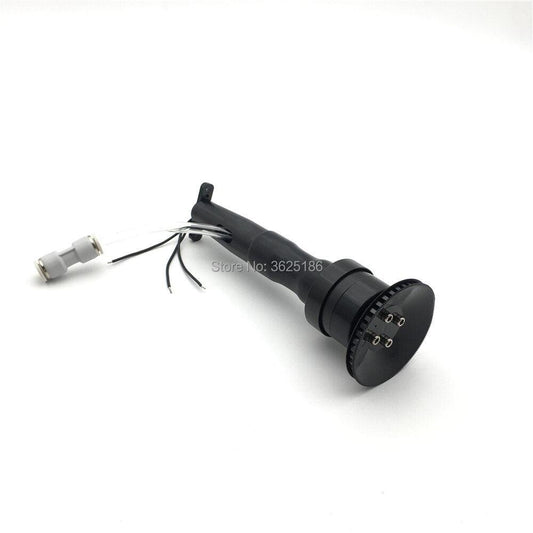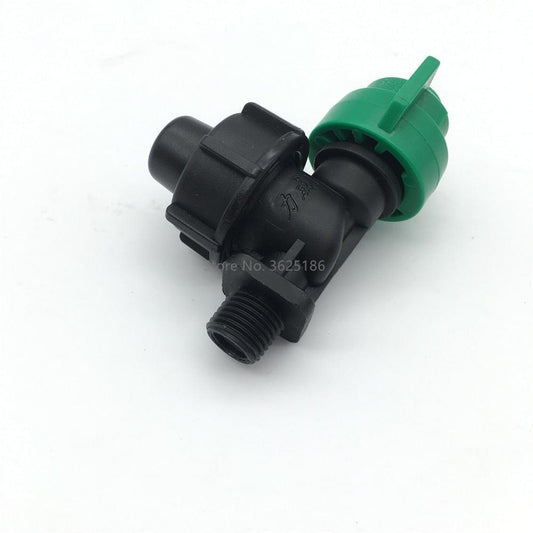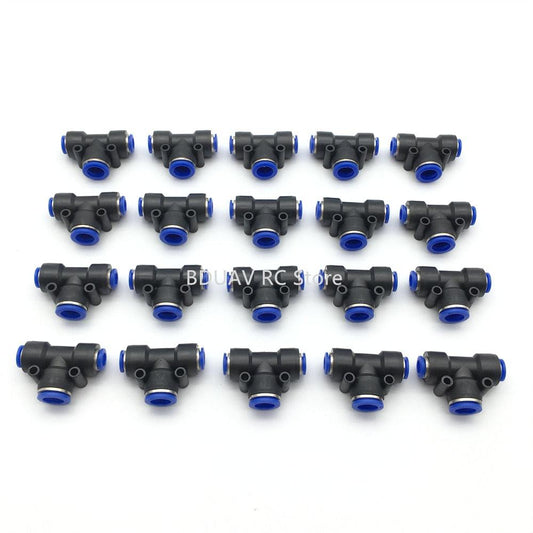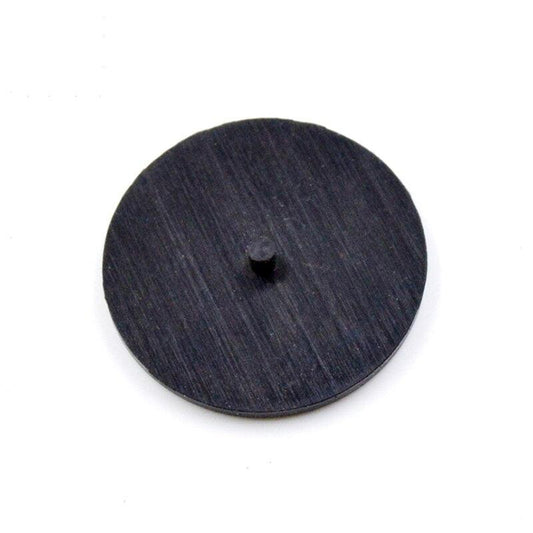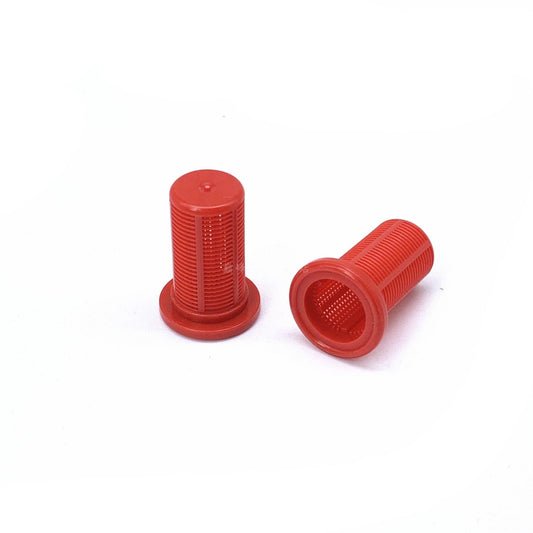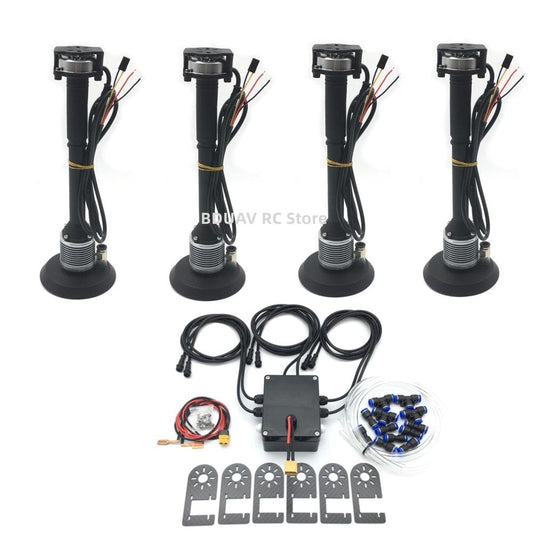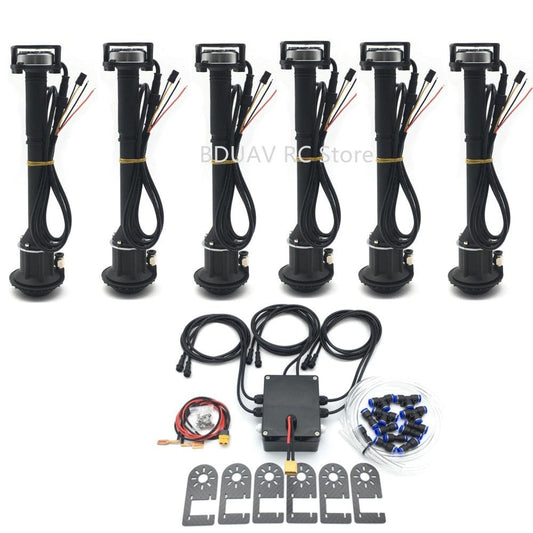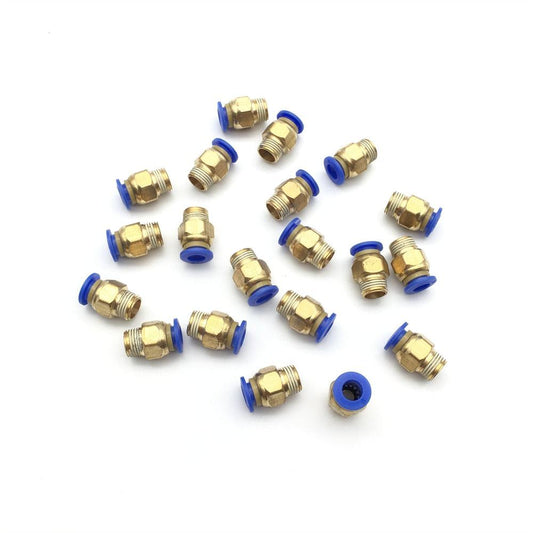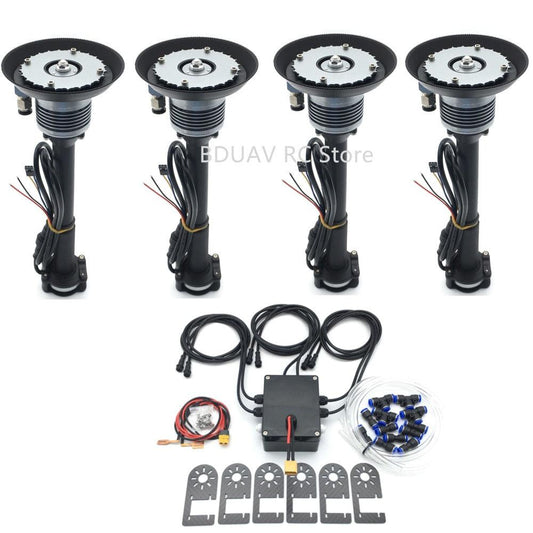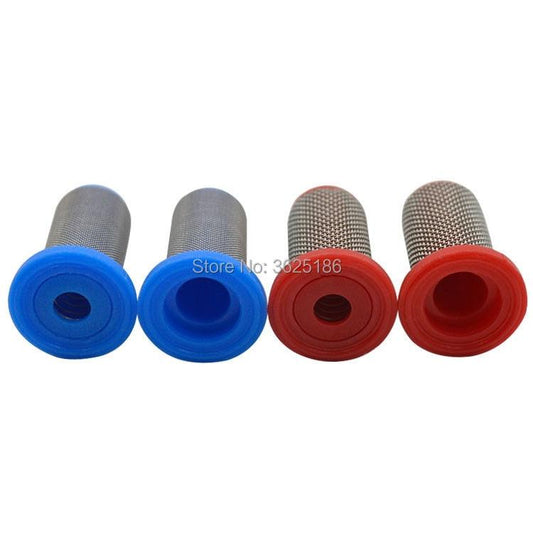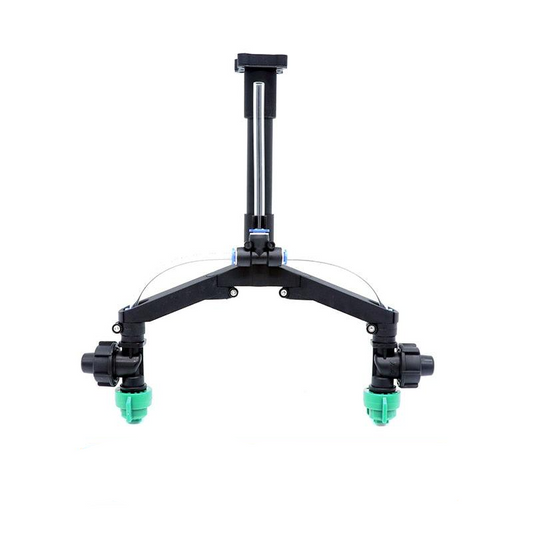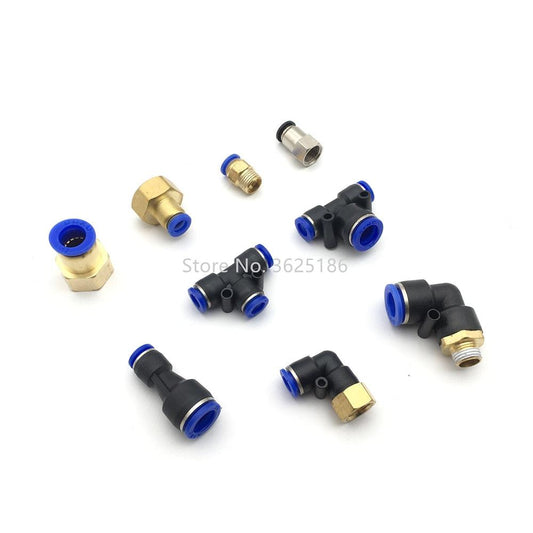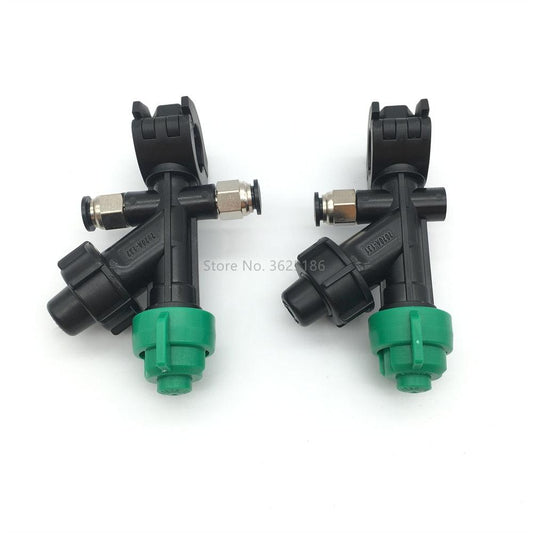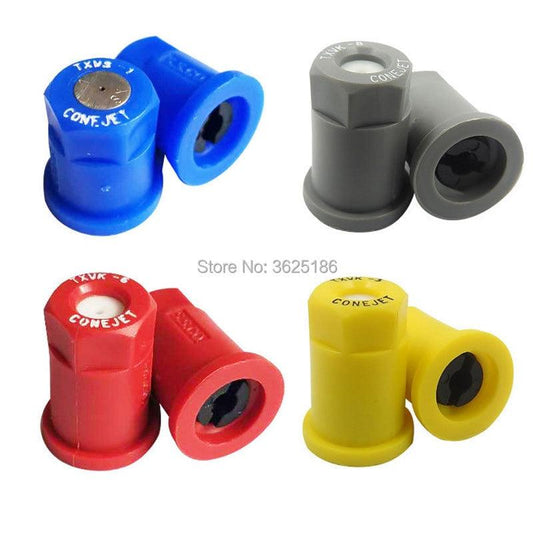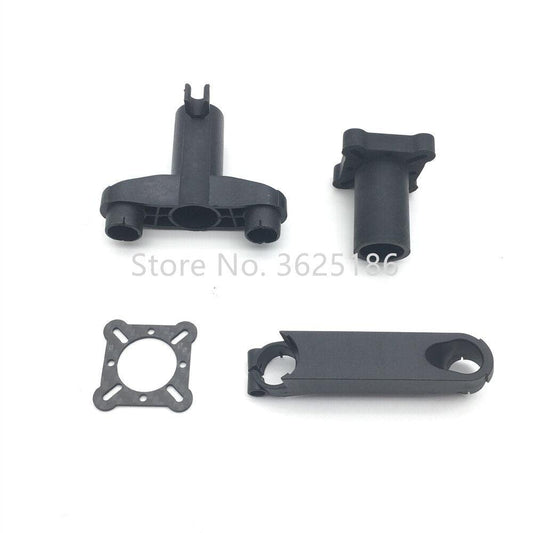-
Agricultural drone Spray System - Pressure Nozzles, hobbywing 5L 8L Brushless Water Pump Built-in ESC for 25kg 16kg 10kg for Agricultural drone
Regular price From $140.05 USDRegular priceUnit price per -
Quick Release Nozzle - agricultural spray plant protection machine high pressure nozzle single and double through water pipe plug
Regular price $20.62 USDRegular priceUnit price per -
DIY Agricultural drone spray system - accs nozzle,Water pump,Buck module,Pump governor, Adapter, Water pipes for 6L 10L 16L 25KG Agriculture Drone Accessories
Regular price From $98.53 USDRegular priceUnit price per -
4810 Nozzle Motor for New Miniature Centrifugal Nozzle 12S 48V Brushless Motor Centrifugal Nozzle DIY Agricultural Spray Drone Spray System
Regular price From $59.83 USDRegular priceUnit price per -
1pcs Agricultural Spray Drone Electrostatic Nozzle - high intensity atomized centrifugal spray plant protection machine Agriculture Drone Accessories
Regular price From $88.45 USDRegular priceUnit price per -
New Miniature Centrifugal Nozzle - 12S 48V Brushless Motor Centrifugal Nozzle DIY Agricultural Spray Drone Spray System
Regular price From $26.50 USDRegular priceUnit price per -
EFT High-pressure Nozzle - Agricultural sprayer parts lightweight fan spray extend the high-pressure nozzle for DIY Agricultural drone E416P E616P E610P
Regular price $24.38 USDRegular priceUnit price per -
EFT 10L 16L water tank pneumatic cover - 8mm 10mm 12mm water diameter medicine box pneumatic cover agricultural spray drone UAV
Regular price $18.20 USDRegular priceUnit price per -
Spray system - Pressure nozzles , water pump, governor, step-down module, water pipe for Plant protection machine Agriculture Drone Accessories
Regular price $134.29 USDRegular priceUnit price per -
Nozzle Extension Bar - 1pcs uav high pressure atomizer nozzle extension bar extension bar pressure nozzle silica gel connector
Regular price $17.17 USDRegular priceUnit price per -
Y type Dual Nozzles - Agricultural plant protection drone Y type dual nozzles, agricultural spraying double head extended nozzles
Regular price From $48.96 USDRegular priceUnit price per -
Miniature Centrifugal Nozzle - 12S/14S 24V 48V Brushless Motor with ESC DIY Centrifugal Nozzle for DJI Agricultural Spraying Drone
Regular price From $131.05 USDRegular priceUnit price per -
EFT DIY Nylon Folding Spray Bar Electric Sprayer Nozzle Accessories 10L 16L E410 E610 E616 and Other E Series Agricultural Spray
Regular price $99.77 USDRegular priceUnit price per -
Motor For Centrifugal Nozzle - 12S 48V Brushless Motor For Centrifugal Nozzle DIY Agricultural Spray Drone Spray System Agriculture Spraying Drone Acessories
Regular price $51.59 USDRegular priceUnit price per -
EFT Y Nozzle - extension rod Y type double nozzle agricultural spray drone spray system Y type double nozzle / X6 / X8 / X9 nozzle
Regular price From $51.87 USDRegular priceUnit price per -
EFT Drone Accessories - Plant UAV Folding Sparying Rod Assembly Drug Sprayer Quick Release Nozzle 20mm Carbon Tube Arm 18mm Landing Gear Joint
Regular price $102.79 USDRegular priceUnit price per -
Motor with Nozzle for DJI - New 50-100 Micron 12S 14S 48V 58V Brushless Motor with ESC Smoke Centrifugal Nozzle for DJI Agriculture Spray Drone
Regular price From $131.05 USDRegular priceUnit price per -
Y-type Trachea Quick Connector - 20pcs 8mm 12mm Y-type tee/trachea quick connector for agricultural plant protection drone Agriculture Drone Accessories
Regular price From $22.85 USDRegular priceUnit price per -
3810 4810 Centrifugal Atomizing Nozzle Sprinkler Motor - /12S 14S ESC/Centrifugal Disc for Agricultural Plant Protection Drone
Regular price From $27.52 USDRegular priceUnit price per -
DIY Agricultural spraying drone Double nozzle - anti-collision Y spray extension rod high-pressure atomizing nozzle for X8 power
Regular price $31.27 USDRegular priceUnit price per -
New Miniature Centrifugal Nozzle - 12S 14S 24V 48V brushless ESC centrifugal nozzle DIY agricultural spray drone spray system
Regular price $51.74 USDRegular priceUnit price per -
Electric Centrifugal Nozzle for agricultural plant protection Drone 3S 6S 12S UAV Atomized Particle Nozzle Sprayer Agriculture Drone Accessories
Regular price From $33.52 USDRegular priceUnit price per -
06 015 08 Nozzle Thread Connection for Plant UAV Agriculture DroneSprayer Anti-drip Pesticide Spraying for DIY Parts
Regular price $20.47 USDRegular priceUnit price per -
T-Type Air Tube Quick Connector - 20 pcs 8 mm 12 mm Plastic Pneumatic Tee Fitting T-Type Air Tube Quick Connector for Agricultural Drones
Regular price From $26.30 USDRegular priceUnit price per -
50PCS Agriculture Sprinkler Head - Anti-drip Pad Spray Nozzle Sealing Gaskets Rubber Accessories for RC Plant Protection UAV Agriculture Drone Accessories
Regular price $29.61 USDRegular priceUnit price per -
Spray Drong Nozzle Filter - 20pcs 50 mesh Plant Protection Agriculture Sprayer Nozzle Filter Pesticide Spray Nozzle Filter Agricultural Drone Accessories
Regular price $20.97 USDRegular priceUnit price per -
5810 Centrifugal Metal Atomization Nozzle Sprinkler With 12S 14S ESC For Dji T20 T30 T40 Agricultural Plant Protection Drone UAV Agriculture Drone Accessories
Regular price From $170.65 USDRegular priceUnit price per -
3810 Centrifugal Metal Atomization Nozzle Sprinkler - With 12S 14S ESC For Dji T20 T30 T40 Agricultural Plant Protection Drone UAV Agriculture Drone Accessories
Regular price From $143.07 USDRegular priceUnit price per -
6mm 8mm LICHENG Nozzle water outlet connector - trachea quick connector/external thread straight through for agricultural drones
Regular price From $19.99 USDRegular priceUnit price per -
4810 Centrifugal Metal Atomization Nozzle Sprinkler With 12S 14S ESC For Dji T20 T30 T40 Agricultural Plant Protection Drone UAV Agriculture Drone Accessories
Regular price From $185.17 USDRegular priceUnit price per -
20pcs EFT Plant UAV water pipe Nozzle - Sprayer Nozzle Filter net Drip proof and non-drop proof 50 mesh Agriculture Drone Accessories
Regular price From $23.34 USDRegular priceUnit price per -
Y double Nozzle - NEW EFT agricultural plant protection uav Y double nozzle extended rod pressure double nozzle
Regular price From $21.99 USDRegular priceUnit price per -
Pneumatic Connector -1pcs agricultural plant protection drone 6mm 8mm 12mm pneumatic connector/adapter/T-type tee/Y-type tee/L-type elbow Agricultural Drone Accessories
Regular price From $15.14 USDRegular priceUnit price per -
EFT Agricultural Spray Nozzle - 1PCS EFT 20MM Clamp Agricultural Drone Sprayer with 8mm Quick Plug Plant Protection Sprayer Nozzle EFT E416P E616P G616 G630 G420 Agricultural Drone Accessories
Regular price $20.29 USDRegular priceUnit price per -
Teejet Nozzle - 1pcs high quality Nozzles Cone Spray Tips teejet nozzle tip for Agricultural uav drone
Regular price $21.51 USDRegular priceUnit price per -
Connector Extend Y-typed Nozzle - 4pcs Agricultural drone sprayer parts Carbon sheet silicone connector extend the nozzle Y-typed Y Double Head EFT E416P E616
Regular price From $25.53 USDRegular priceUnit price per
